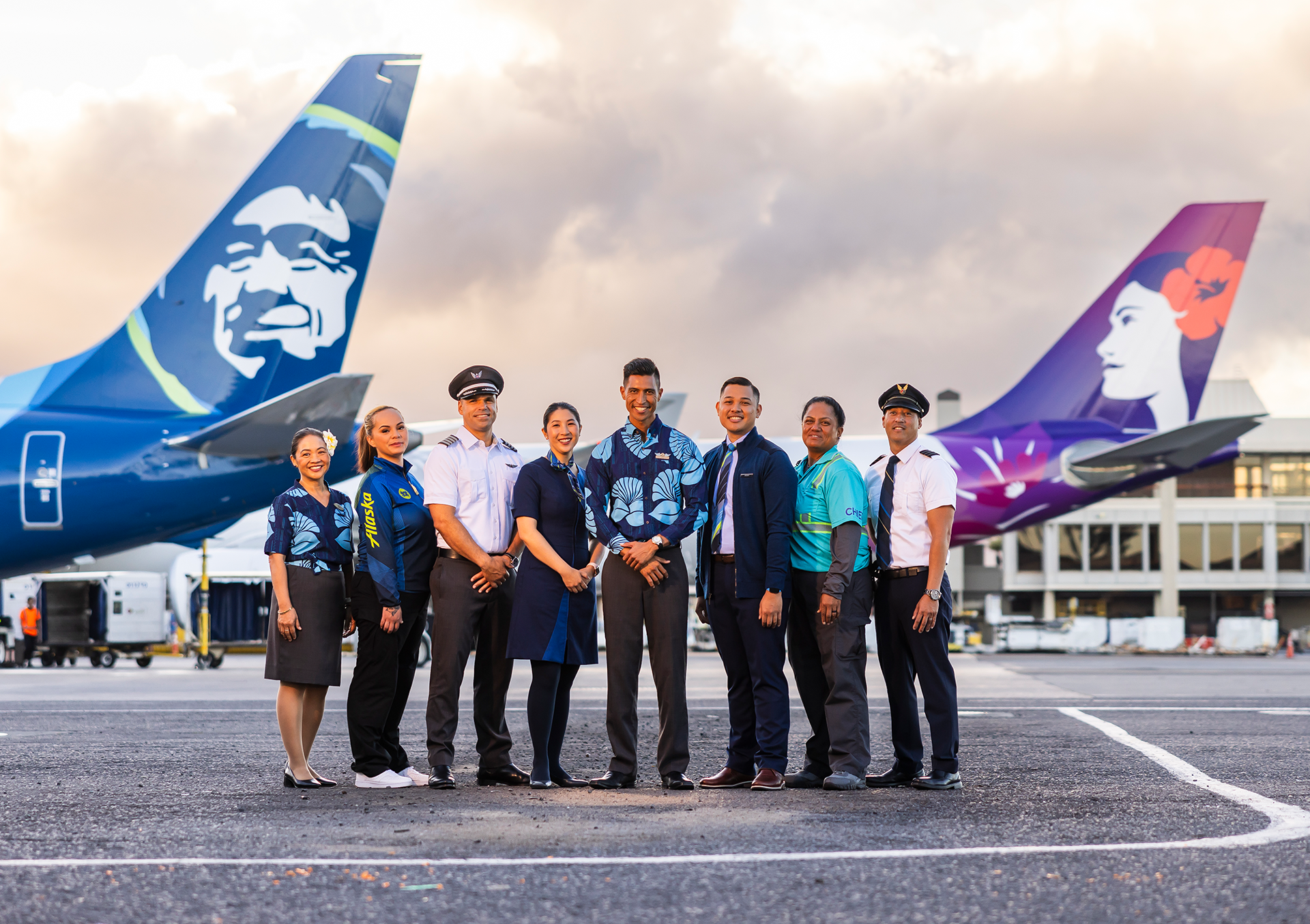Hot off the press, big news in the world of airlines and M&A – AND a future case study about the trials and tribulations of post-merger integration in the making.
Alaska Airlines is buying Hawaiian Airlines.
DOT and DOJ hurdles cleared, deal complete.
Early news reports include a few details about the deal and consumer protection requirements like: no expiration of miles, no reduction in routes to rural areas, and maintaining access to/from Honolulu – all seemingly a pretty low bar.
Initial comments by Alaska CEO Ben Minicucci include, “$235M in synergies identified” and “the deal is accretive to the bottom line and accretive to EPS” – standard fare for big business. The business case seems to make a lot of sense.
The current party line from Alaska “In a first for a U.S. airline, we will maintain both beloved brands. While your experience with each airline remains the same for now, there’s a lot to look forward to in the next 18 months.”
In effect, mostly business as usual for consumers, but with efficiencies of scale in the proverbial back office for Alaska and its shareholders.
But, really, both brands and distinct experiences will co-exist and live into the future? Really?
Mergers in the airline industry are notoriously hard. See United-Continental’s 10 year slog. In fact, across industries, they’re just hard. Based on studies by McKinsey, PwC, and HBR, the majority – upwards of 80% in some studies – of deals fail to fully create the intended business value.
A common “unlocking performance” theme is that post-merger integration requires a non-trivial alignment of interconnected, interdependent dots – brand, digital, marketing, customer experience, internal culture, and of course a myriad of complex business decisions. With any and all moves coming with trade-offs and serious implications.
With the announcement only double-digit hours old, a few thoughts.
Two brands, maybe. But…
Maintaining both brands may be a near-term strategic move that preserves customer loyalty and market recognition. Alaska can continue to leverage its strong presence in the Pacific Northwest and West Coast, while Hawaiian retains its unique island-centric identity.
This approach might mitigate the near risk of alienating existing customers. But longer term, it will pose a challenge in creating not only a unified brand identity, but a unified “everything” that goes into impacting brand perception and loyalty – and ultimately business success.
Digging in just a bit, at least from a product perspective, upwards of 90% of Hawaiian revenue and routes go to/through/from Hawaii. Alaska, not so much. Both have beloved location specific brand characteristics. But, given we live in the era of decreasing brand loyalty, little is sacred.
Long term, if I were in Vegas, I’d put my money on one brand in the future. And I’d bet that Hawaiian will be the brand. True aloha knows no (geographic) boundaries. (Note: Aloha Airlines ceased to exist in 2008; and the new Hawaiian – could still keep Club 49.)
Digital is where two brands get interesting, or crazy complex, longer term.
Every business in 2024 is a digital business. Running two separate digital ecosystems presents serious challenges. Across the technology stack – from infrastructure, to business applications, to workflow, to web/app/marketing, to customer data (and AI, of course) managing two digital ecosystems will result in significant inefficiencies and increased costs over time.
Even limiting it to brand, customer experiences and martech stacks, managing two digital ecosystems would be a long-term nightmare. Ask any business of any scale about systems and workflow integration post-merger, it is one of the biggest “where it all went squirrelly” moments. Different OKRs, KPIs, data structures, marketing/loyalty funnels, etc. result in inevitable “apples-oranges” frustrating and opaque comparisons. Business decision making slows, and effectiveness suffers.
Distinct, or not, customer experience.
Near term, no change ensures continuity in customer, service and flying experience for loyal customers of each airline. However, the challenge lies in creating a seamless experience for people who do/will interact with both. After all, beyond financial benefits to the company one of the most meaningful benefits mentioned was an expanded number of flights and destinations. Why make customers endure multiple loyalty programs (OK, 24 hours after writing this, they announced a merged program offering benefits to both:), booking systems, and customer service experiences? At some point, everyday travelers will know that both are run by the same company and customers will expect “the best of each” to drive a single, future experience.
Internal culture ultimately drives the business.
Keeping both brands and operations separate in the short term can help ease the transition for employees. While this may reduce immediate stress and uncertainty among staff, it also presents challenges in fostering a cohesive culture. At some point – soon I’m guessing – there will be a “One Company” initiative that tries to paint a new internal vision for the business and rally the troops. But, we’re not talking about P&G here where business owners and brand managers drive the business of thousands of unrelated products. Developing a cohesive, unified (and not us vs. them) culture will be key to driving not only the culture, but the business, toward a successful future.
The crystal ball.
Well, let’s be honest, I don’t have one. But, my bet is that at some point there will be one company, one brand, one digital ecosystem, one customer experience, and one company culture. The “In a first for a U.S. airline, we will maintain both beloved brands” is a point in time message to calm the nerves of all parties. Honestly, it’s probably as good a spin as one could put on it.
But, if I’m right, there will be a transition to a one company, one brand future. And its success will depend on a clear vision and hyper-connected set of strategies and executional tactics that are well-coordinated, well-sequenced and well-timed. I’d give it a timeframe of about 5-7 years (even “simple” $1B companies take years to realize a full transition).
Time will tell!
